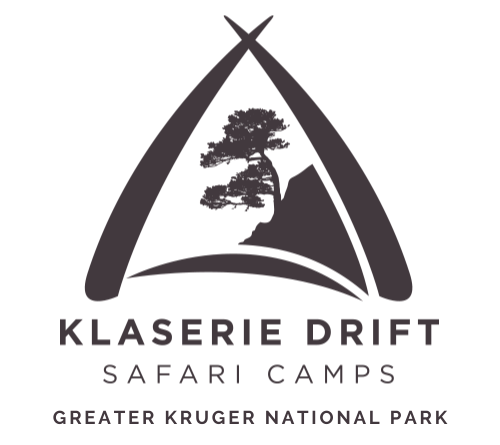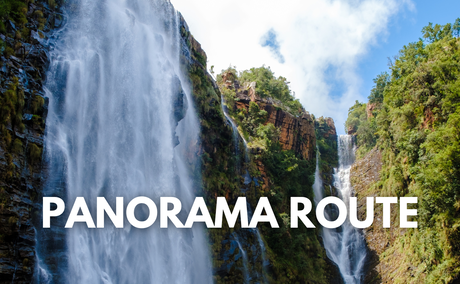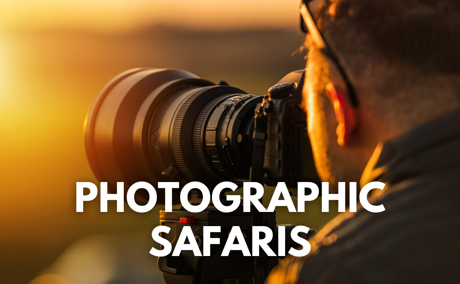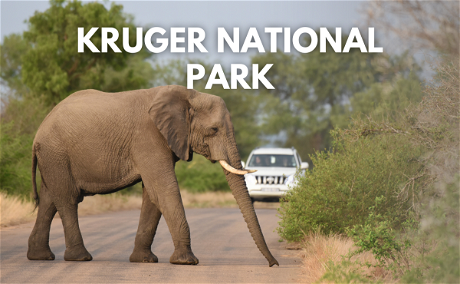One thing you will notice when you visit us at Klaserie Drift for the first time is that it is impossible not to be impressed with the incredible natural beauty of the surrounding area. It is no surprise, therefore, that many of our guests like to extend their stay. Though the Kruger National Park is high on many people’s list, it’s not all about the Kruger! Why not spend a day (or...
Vine Snake Encounter – Article By Troy Meeser

Within the last couple of months I’ve noticed that we have been visited by a few of our slithery friends in and around our various camps. Yes correct I’m talking about snakes...
What is strange though is this is the time of year when our temperatures start to decrease as we head into winter months which usually means we start to see less and less of them. The theory I have for seeing these unique reptiles around camp is that we are currently heading into a drought. This means there is a lot less food and water sources available for animals in the surrounding bushveld. The manicured lawns and lush vegetation within the camps now appear to be an oasis for these different species of animals which include the prey species of snakes. Some of which are squirrels, rats, frogs, lizards and birds etc. In this time period I have encouraged my colleagues to inform me when there is a snake in one of the camps instead of taking action into their own hands. This is for a few reasons one of which is the possible miss identification and handling of a snake could be detrimental to both the human and the snakes’ life. The other is to insure the safe relocation of the snakes and educate people about them.Snakes unfortunately are often not given the opportunity to be properly understood they are usually all thought of as slimy and wet with the intention to harm or kill anything that comes across its path. In reality this isn’t the case as snakes are in fact completely dry. In some species the scales have the appearance of being wet because of a pretty sheen that comes off their scales. The majority of the snakes within Southern Africa are in fact harmless.
A few weeks ago one of the ground staff members (Kampson) walked up to a fellow guide and myself to lets us know that there was a skinny stick like snake on the lawn. Immediately we started smiling not because of the snake being on the lawn but that we were called to come and catch the snake instead of it meeting its end. We had managed to spark an interest in them. To our surprise when we saw the snake on the lawn it was a twig snake (Thelotorniscapensis) also known as a vine snake. This species is known to be prominently arboreal so at first glance it was strange to see it lying calmly on the lawn a few feet away from us. On closer inspection it was actually drinking water droplets that had collected on the blades of grass from the sprinkler being on. The twig snake was surprisingly calm and possibly a little dehydrated. Not having the correct tools to catch this snake we made due with what we had which happened to be a feather duster and broom and lifted slowly and placed it into a lockable container for transport. We drove the snake down to the Klaserie River plus minus a kilometre away where we knew there was a small amount of surface water in pools left behind after elephants had dug there. While keeping an eye open for the local river pride of lions we carefully released the twig snake near the water’s edge. It’s slithered calmly in the direction of the water’s edge and to our surprise it started drinking which confirmed our suspicion of it being thirsty.
We decided to take refuge in the small amount of shade that the bridge crossing the river cast so that we could appreciate the unique moment nature had provided us at that particular time. The twig snake had stopped drinking and raised its head to allow gravity to get the water deep into the digestive system in order to be absorbed as fast as possible, the snake then slowly moved through the sedges that are numerous in sections of the Klaserie river. As it was moving through we noticed that it took a particular stance in the reeds and went all stiff. Twig snakes have a very unique pupil, they are similarly shaped to a key-hole in a door. Their eyes are positioned in such a way that they are able to see in binocular vision, similarly to us ‘advanced mammals’. The only difference is that the Twig snake as well as Boomslang can see and identify stationary prey, and our so called advanced mammal eyes are more attracted to movement than that of stationary objects. The twig snake then proceeded to expose its orange and black forked tongue as if it was trying to pick up some sort of scent. The snake moved forward and in a quick strike there was a reed frog in its mouth! The snake chewed on the frog, in order to get the fangs which are situated in the rear of the mouth (twig snakes and boomslang are rear-fanged) to inject the highly potent haemotoxin into its newly acquired prey. Shortly thereafter the frog was ingested and the twig snake realigned its jaws and moved into the dense riverine vegetation surrounding the banks of the river. Hemotoxic venom destroys the haemoglobin (the clotting agent in blood). There is no anti venom produced for this highly venomous hemotoxic snake. This is due to how infrequently people are invenomated by this elusive serpent.
Further Reading
At Klaserie Drift, we are proud to share the magnificent landscape and natural wonder of our reserve with photographic enthusiasts looking to capture Africa at her finest. Whether you are a complete newbie or a budding amateur wildlife photographer, a dedicated photographic safari will likely be on your bucket list. But what exactly does a photographic safari entail? Keep reading to find out…
Chances are, you’ve probably heard of the Kruger National Park. As the world’s largest and second oldest reserve, the Kruger National Park has become an iconic safari destination for local and international travellers alike. Here at Klaserie Drift, we are proud to share unfenced boundaries with this area of outstanding natural beauty and cultural heritage. The reserve may be on the northeastern border of South Africa, but it plays a central part...








Share This Post